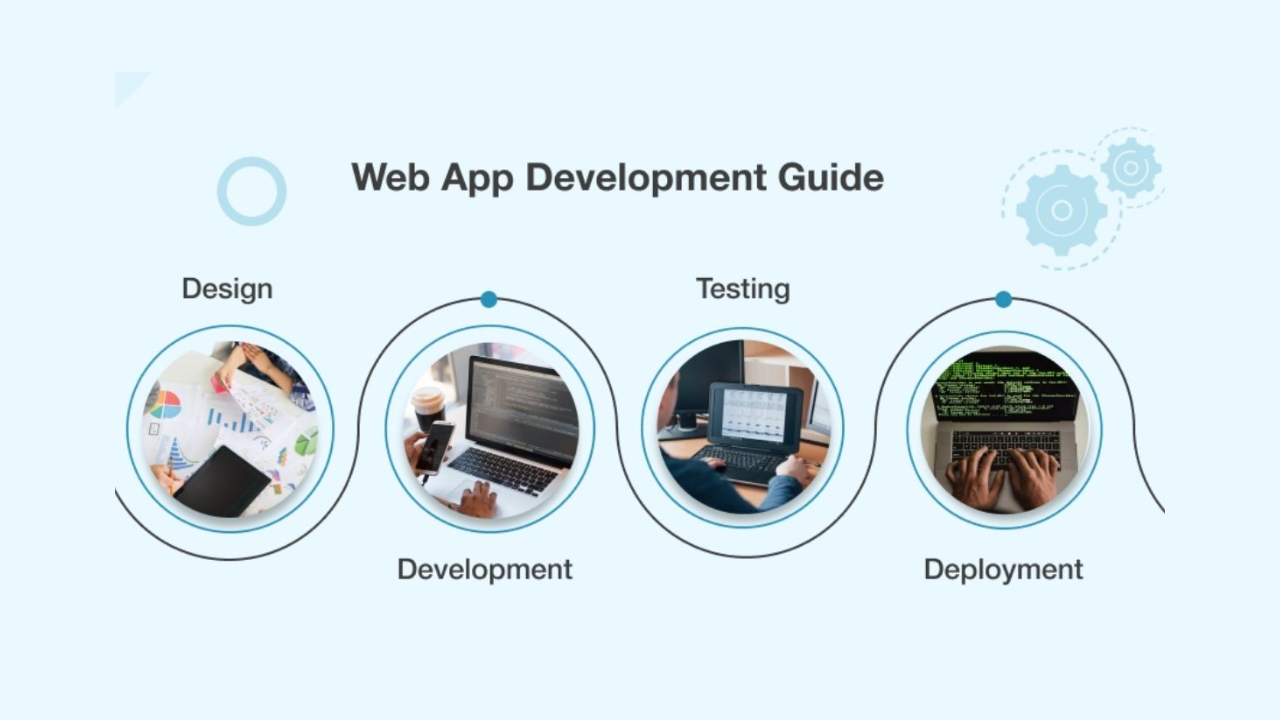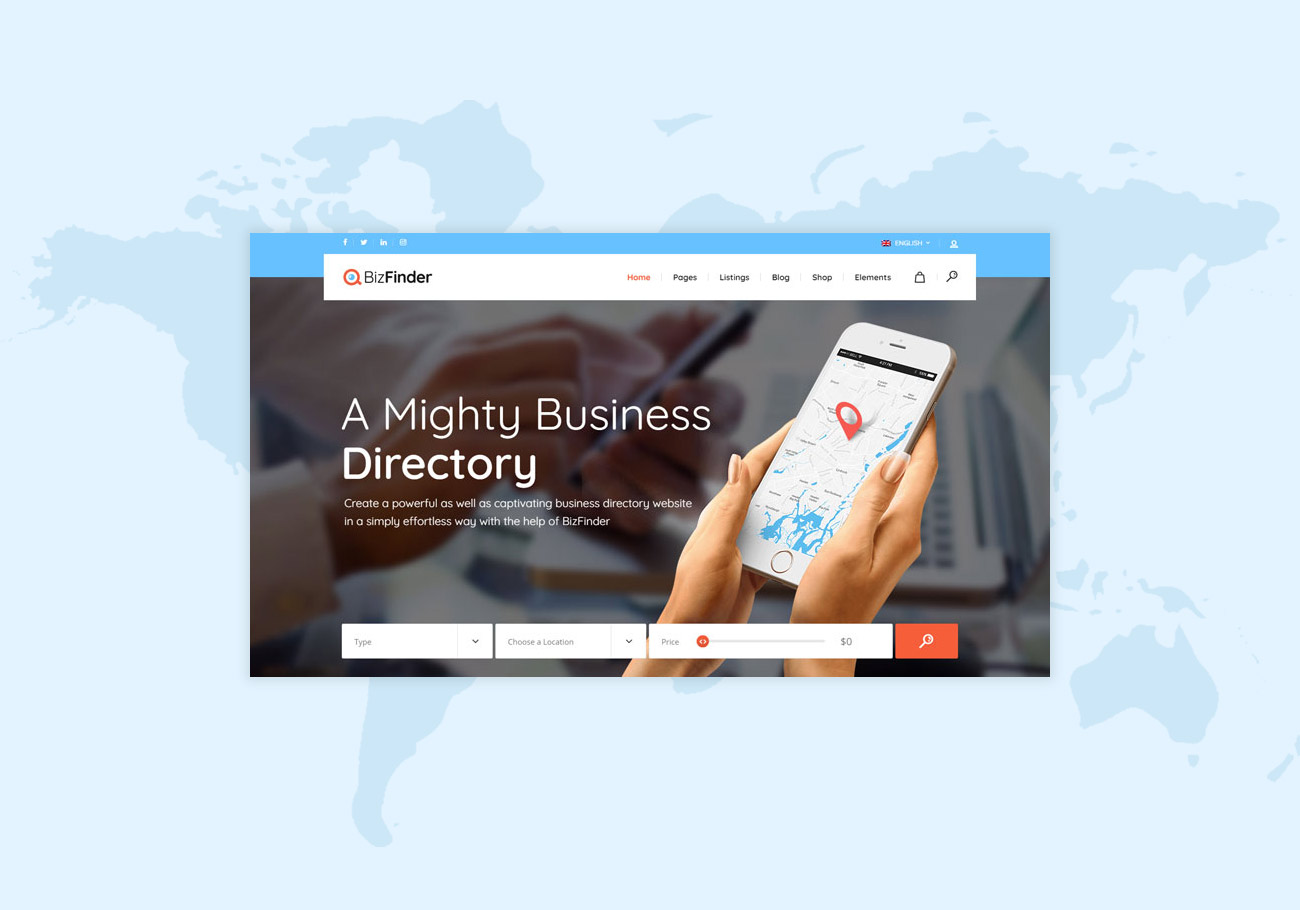How organizations can embrace change and accelerate their growth in 2021
From remote working and e-learning to sales and customer service to the more important cloud infrastructure and security, the COVID-19 pandemic has accelerated technology adoption in several key domains. The epidemic has made digital transformation important for the development of business in various industries. Microsoft CEO Satya Nadella says that “we have seen two years of digital transformation in two months.”
That said, companies need to change their mindset and adopt a new strategy to stay relevant and competitive in 2021 and beyond. Here are six ways you can taste the new normal and commercial success.
1. Adapt to change
Change is the only constant and is greater today than ever before. Change is happening at a fast pace and is very important for small businesses. Today the old and traditional methods of winning and serving customers do not seem to fit. The list of things you need to change can be long and only growing. Instead of reacting to these changes, the best way is to embrace and treat them.
Therefore, when you solve the problem, you employ change to work with you and not against you. People are now more likely to accept strategic changes, especially if the initiative focuses on improving their lives.
Bring agility and innovation to your business by implementing quarterly strategic planning and review process. This will allow you to stay focused, actionable and agile by adopting new learning.
When you are in the process of adapting to changes, consider some questions you should ask yourself.
- What can disrupt my business and change everything?
- How can I lead that change?
- How can I ensure that my business stays relevant and profitable in the next five years?
2. Customer always comes first
As consumer needs continue to evolve, you will need to think of ways to meet new supply and demand to remain relevant and competitive.
Social distancing due to the pandemic has left many businesses in conflict – for example, physical retail stores, manufacturers, motor vehicles, banks, etc. Many product-based companies face significant issues related to manufacturing and distribution. Service-based companies also suffer due to poor demand from customers. In short, business models must be reshaped so that they are immune to new challenges.
The epidemic has also changed the needs and preferences of customers.
One of the best ways is to engage in conversations with your customers to identify opportunities. You can probably start by asking an inquiry question at the end of a conversation with your client. You can also conduct surveys or quarterly customer advisory groups to follow a more formal process.
To remain relevant, you must prioritize customers’ needs and problems. It is indispensable for future development and innovation.
3. Implement automation wherever possible
Working smart means hiring and collaborating with the right talent. Encourage teamwork to overcome obstacles and obstacles. This will translate into more revenue with available resources. Effective workplace collaboration will also boost your team morale and reduce layoffs.
Take advantage of technology and systems to streamline your business and make it run smoothly. According to Gartner, by 2024, businesses will see a 30% reduction in their operating costs by combining hyper-automation technologies with redesigned operational processes.
Identify processes that can be automated and evaluate how automation will enhance your customer service and experience.
4. Speed is the key to sustain in 2021
The epidemic has prompted companies to rethink their traditional organizational models and lead them to adopt new ways of working at a pace. Flat structures that empower decision making are replacing traditional management-led hierarchies. This enables companies to perform with better speed and accuracy.
5. Adopt digital commerce
The epidemic has given a boost to digital commerce as before. Deloitte’s 2020 Holiday Retail Survey reported that the demand for contactless shopping experiences spiked during the holiday season last year. More than 73% of shopkeepers planned to place orders at their doorsteps, against 62% in 2019.
Companies should accelerate and optimize both B2B and B2C digital commerce channels by developing custom retail software solutions to enjoy the benefits of e-commerce sales and ROI.
6. Ensure customer data privacy and protection
Data transparency is mandatory. With the increase in being digital, the total amount of data created, captured and consumed globally will more than double by 2024. A factual survey from 2019 shows that more than 50% of US smartphone users would be willing to share their geolocation details with a service provider only if they had an idea of how the information would be used. When customers realize the benefits of sharing personal data, such as online behavior, shopping history, mobile app use, or geolocation tracking and trust that their data will be secure, they will be more willing to share it.










